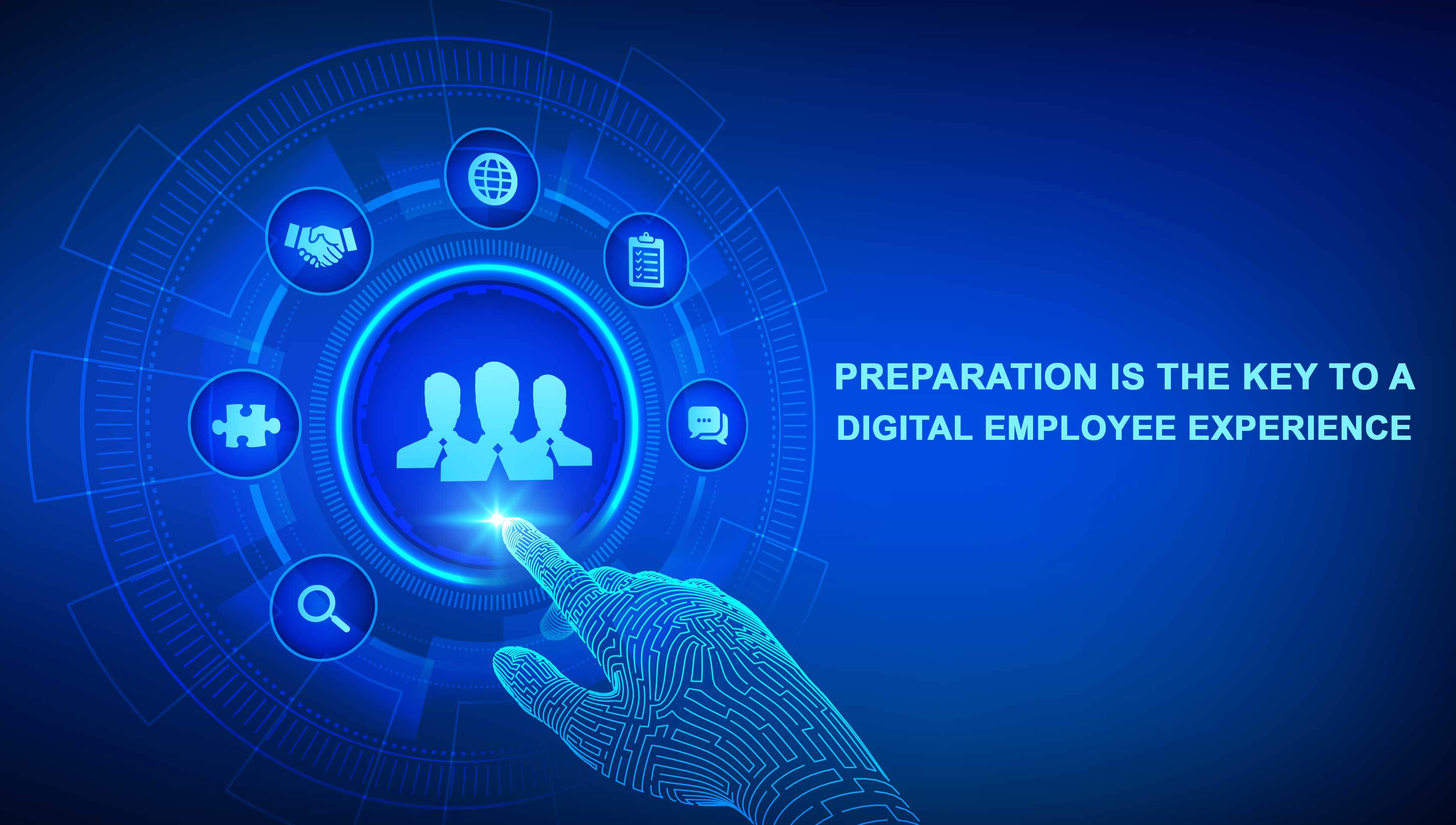
Last year, In Deloitte's 2019 Global Human Capital Trends, seven of the eight areas where HR needed to focus were about the employee experience. We believe the growing use of employee experience platforms will fuel more interest in the benefits of investing in the experience.
The Problem with HR Technology
It wasn't always so. Though vendors talked about helping employees, they built their systems for complicated HR processes, not people. Moreover, they have been too hard to deploy. In a preview blog of Deloitte's Tech Trends 2020 report, Josh Bersin wrote that:
- 32% of HR projects have been significant over budget,
- 53% missed implementation deadlines, and
- 42% failed or were not entirely successful after two years.
It's easy to point the finger at vendors, but they have been scrambling to keep up with what their customers wanted. As they tried to fit any business model in any industry, systems became more complex and harder to manage. Today, as new technologies crop up, the number of platforms HR must manage continues to grow. The dream of having a single system that does everything and keeps all the records in one place has never arrived, and that impacts employees.
New Technology Mindset.
The industry is working hard to deal with the usability problem. First, new platforms are coming online with a fresh approach to architecture. For example, ADP, one of our HCM consulting partners, has created a new network-based platform built for the way people interact with each other.
ADP built its solution with a graph database, which stores relationships instead of indexes, tables, and rows of data. Graph databases have been around for a very long time, but they didn't become mainstream until companies needed to manage huge volumes of data and needed real-time responses. The technology is now powering supply chain management, eCommerce, security, fraud detection, and many other advanced analytics uses.
The ADP platform also uses "low code" development that makes it much easier to develop applications quickly. Teams can build applications on it without developing a core technology or worrying about security. It's built into the platform. It's the same concept that drives Amazon AWS, Microsoft Azure, SAP Cloud, and other cloud platforms.
The ADP platform simplifies the experience because people don't have to learn a new interface. It promises to deliver the "no training required" model the industry has been trying to create for decades.
The second solution we are seeing is Digital Experience Platforms that provide a single user interface for applications, processes, content, services, and interactions with other users. We can think of it as a user layer on top of different technologies. Experience platforms already have dozens of vendors.
Technology Doesn't Guarantee Success
Industry experts told have us for decades about the reasons technology fails to deliver on its promise. It's usually a long list starting with something like "failure to plan."
However, the underlying problem is more than just planning. Lack of preparation causes what we call the "not now syndrome."
It didn't take long for me to discover it when I started my career as an implementation consultant in 2005. The first instance had to do with matching a third-party competency library with the job structure. When I asked the client if they would like to take time to reevaluate their jobs, they said, "not now." In that case, as in many others, not now meant never.
I also saw it in succession planning. Most companies used performance evaluations and manager recommendations to identify people with high potential for leadership (and still do). When I asked if they would like to take a more scientific approach, they said, "Not now." The results were predictable.
Preparation is Best for Success
In a perfect world, every HR organization would have the best technology and implement it well, but ours is a world of compromise and competing priorities. Consider also those who chase technology thinking it will solve their problems, then pour their problems into it.
Our recommendation is to take the time to plan your alignment of strategy and your HR structures and processes to the needs of your people before you consider a technology change. You are more likely to choose the right technology, and much more likely to succeed.
Phenom eCloud is a comprehensive technology solutions provider committed to empowering businesses to overcome challenges, enhance their workforce capabilities, and achieve superior outcome




Leave a Comment